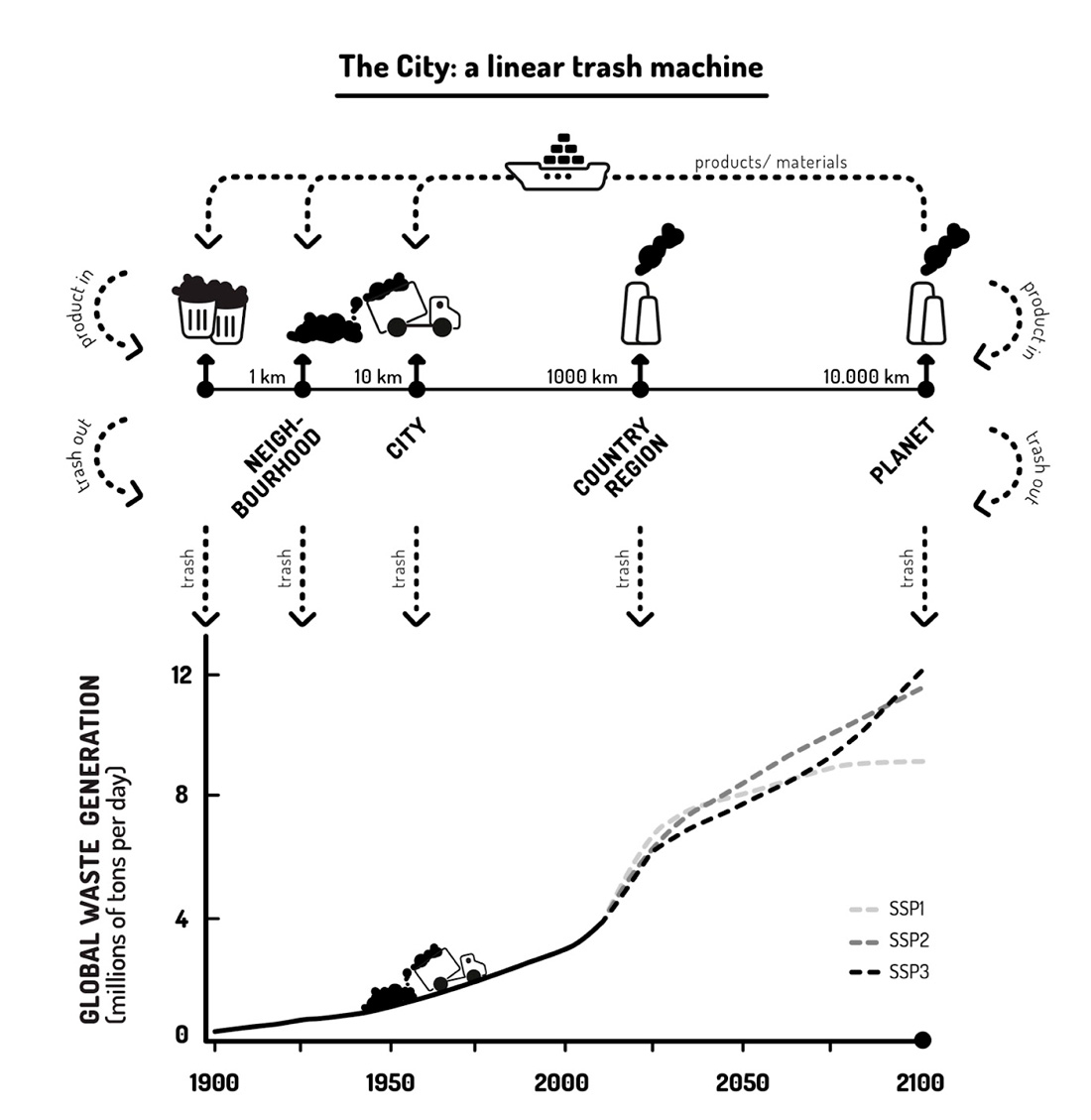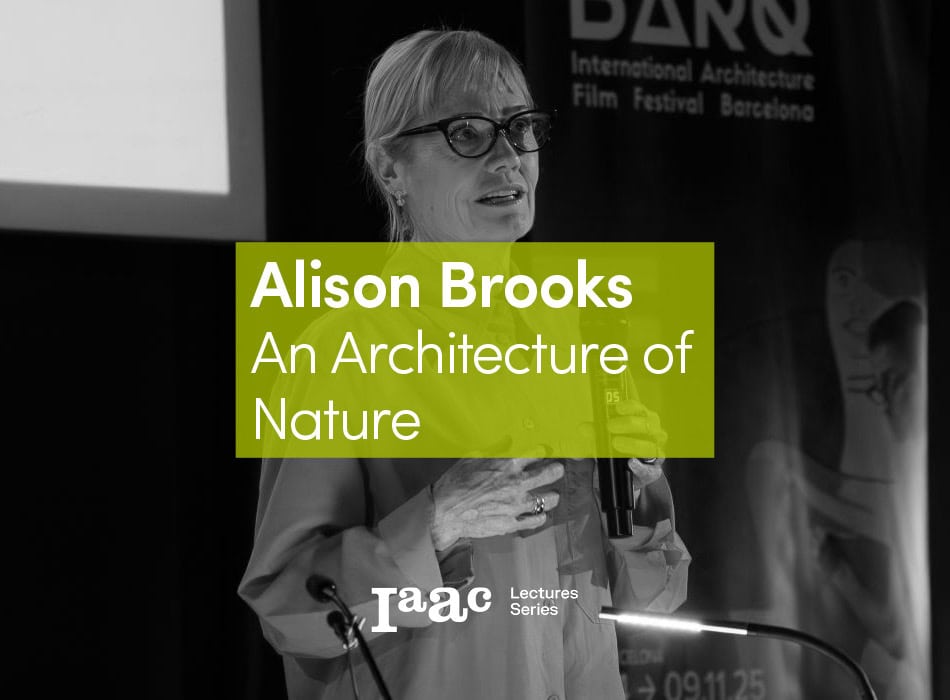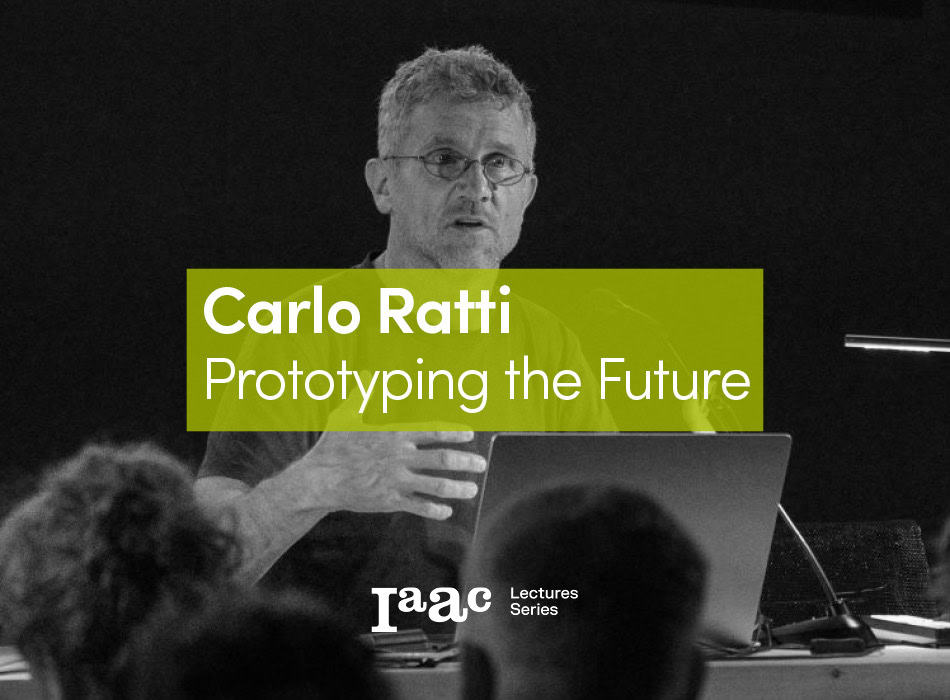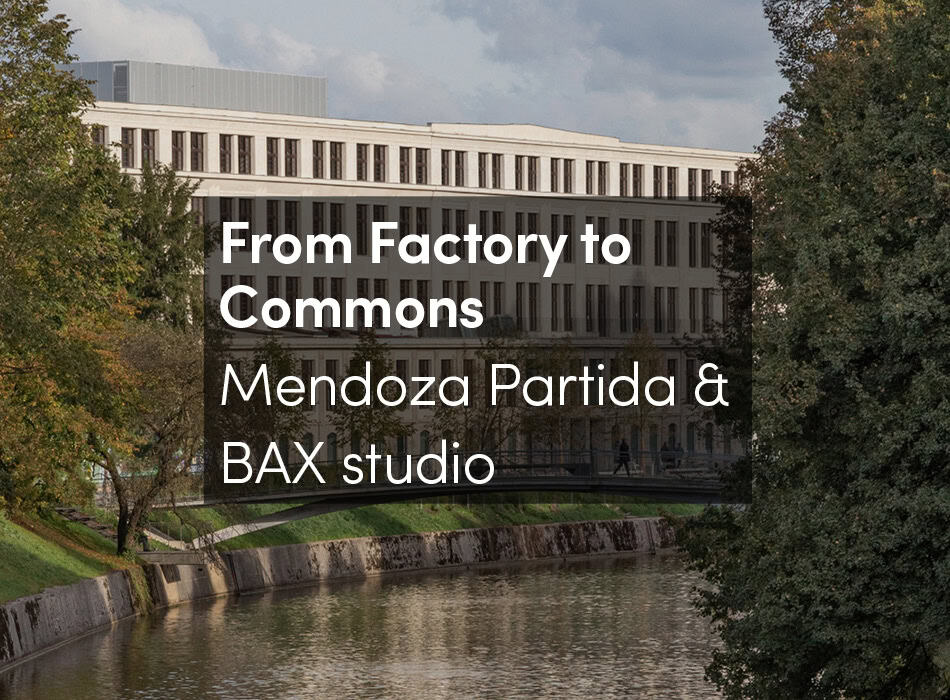We need to reinvent our cities and their relationship to people and nature by re-localising production so that cities are generative rather than extractive, restorative rather than destructive, and empowering rather than alienating, where prosperity flourishes, and people have purposeful, meaningful work that they enjoy, that enables them to use their passion and talent. We need to recover the knowledge and capacity on how things are made in our cities, by connecting citizens with the advanced technologies that are transforming our everyday life.
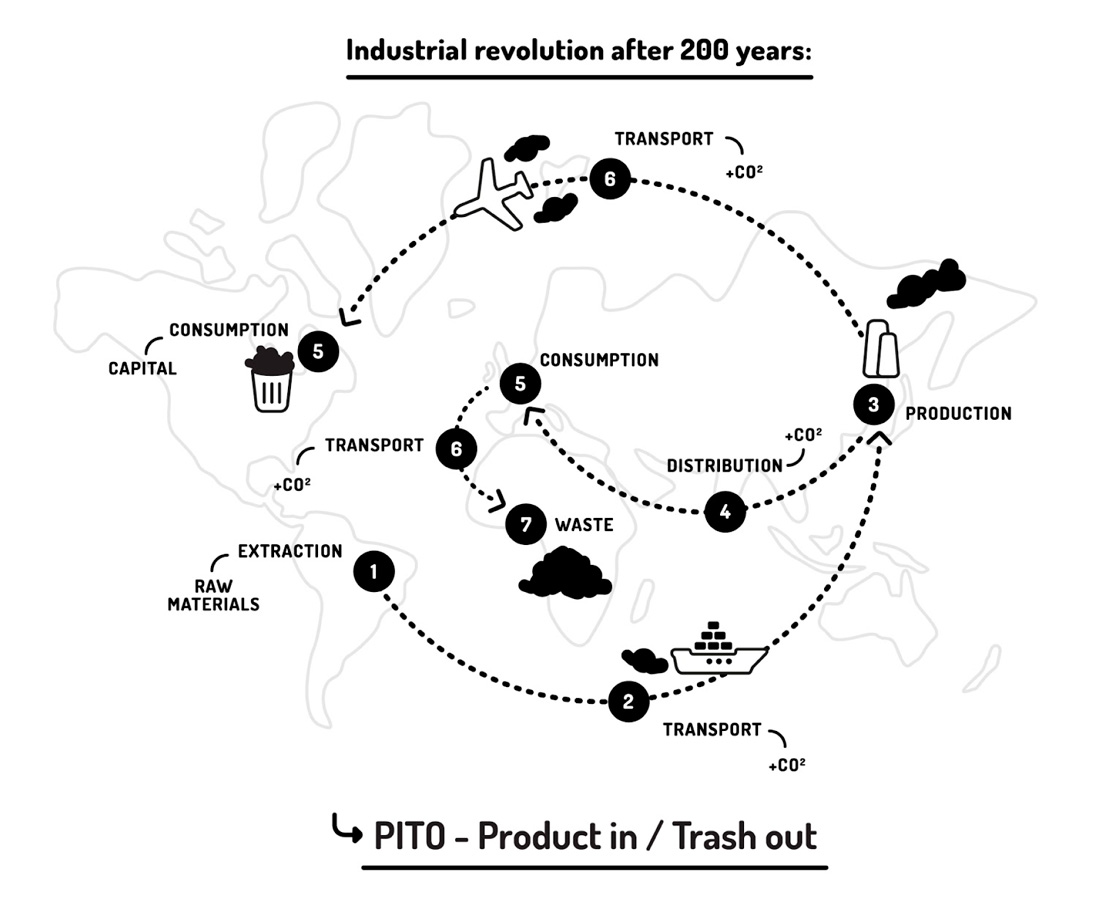 Image 1. Where do we make things? Source: Fab City
Image 1. Where do we make things? Source: Fab City
Image 2. “Three projections to 2100 for waste generation spell very different futures. In the first Shared Socioeconomic Pathway scenario (SSP1), the 7-billion population is 90% urbanised, development goals are achieved, fossil fuel consumption is reduced and populations are more environmentally conscious. SSP2 is the ‘business-as-usual’ forecast, with an estimated population of 9.5 million and 80% urbanization. In SSP3, 70% of the world’s 13.5 billion live in cities and there are pockets of extreme poverty and moderate wealth, and many countries with rapidly growing populations.“ Graphic source: Fab City. Data source: Organisation for Economic Co-operation and Development / Interpretation by Daniel Hoornweg, Perinaz Bhada-Tata & Chris Kennedy for “Environment: Waste production must peak this century“ published in Nature, October 30/2013 at http://www.nature.com/news/environment-waste-production-must-peak-this-century-1.14032.
Background
For more than 10 years Fab labs have provided widespread access to modern means for invention and production. They began as an outreach project from MIT’s Center for Bits and Atoms (CBA). Fab labs have spread from inner-city Boston to rural India, from South Africa to the North of Norway. Activities in fab labs range from technological empowerment to peer-to-peer project-based technical training to local problem-solving to small-scale high-tech business incubation to grass-roots research. Projects being developed and produced in fab labs include solar and wind-powered turbines, thin-client computers and wireless data networks, analytical instrumentation for agriculture and healthcare, custom housing, and rapid-prototyping of rapid-prototyping machines. Fab labs share core capabilities among the almost 1000 labs in operation as at April 2016, so that people and projects can be shared across them. These labs work with components and materials optimized for use in the eld, and are controlled with custom software for integrated design, manufacturing, and project management. This inventory is continuously evolving, towards the goal of a fab lab being able to make a fab lab.
Since 2001, the Institute for Advanced Architecture of Catalonia (IAAC) and the MIT’s Center for Bits and Atoms (CBA) have collaborated in the development of a new approach to architecture and urbanism by understanding how the use of digital technologies will impact our cities. Fab Lab Barcelona at IAAC was the rst fabrication laboratory founded in the European Union in 2007, and the home of the global coordination of the Fab Academy program, the fablabs.io platform and the Smart Citizen project, turning it into a world leading lab for the Fab Lab Network in collaboration with the Fab Foundation.
In 2011 IAAC, the MIT Center for Bits and Atoms, the Fab Foundation and the Barcelona City Council launched the Fab City project at the FAB7 conference in Lima. In 2014 at FAB10 the mayor of Barcelona invited his colleagues around the world to join the Barcelona pledge: a countdown for cities to become at least 50% self-sufcient by 2054. In 2015 in FAB11 at Boston, 7 new cities joined the Fab City project, including Boston, Cambridge, Ekurhuleni and Shenzhen. This year (2016) Amsterdam city is joining the program, and we expect new cities to commit to the Barcelona pledge at the FAB12 conference in Shenzhen, potentially: London, Copenhagen, Paris, Santiago de Chile, and more. The Fab City initiative is open for other cities, towns or communities to join in order to collectively build a more humane and habitable new world.
Details
FAB City takes the ideals of the Fab Lab – the connectivity, culture and creativity – and scales it to the City. It is a new urban model of transforming and shaping cities that shifts how they source and use materials from ‘Products In Trash Out’ (PITO) to ‘Data In Data Out’ (DIDO). This means that more production occurs inside the city, along with recycling materials and meeting local needs through local inventiveness. A city’s imports and exports would mostly be found in the form of data (information, knowledge, design, code).
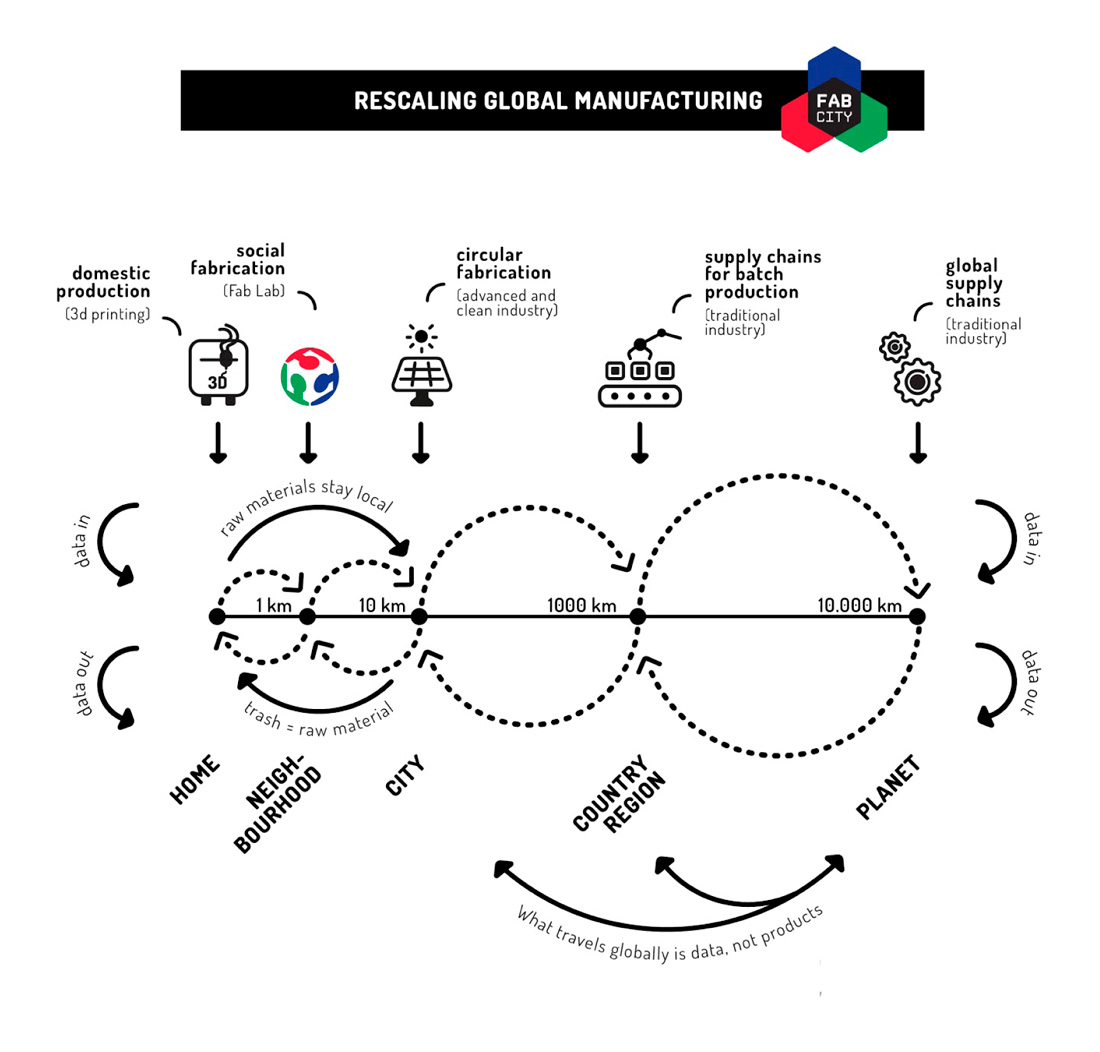 Image 3. A multiscalar and complementary fabrication ecosystem. Source: Fab City
Image 3. A multiscalar and complementary fabrication ecosystem. Source: Fab City
The Fab City project will help civic leaders to develop locally productive cities in collaboration with local communities, companies and institutions, revitalising manufacturing infrastructure and incentivising a new economy. Fab Lab and makerspace based innovations could be a source for solutions to connect to real problems in cities, opening opportunities for businesses, research and education through projects. With its inherent zero waste and carbon reduction goals, linked to education, innovation, skills development and the creation of employment opportunities and livelihoods through the relocalisation of manufacturing, the FAB City approach can contribute to achieving a range of city objectives.
In this way, the citizens and the city are empowered to be the masters of their own destiny, their resilience is increased and a more ecological system is developed with movements of materials and associated energy consumption and carbon emissions typical of the current economy drastically reduced. In order for this to be possible, the city must be locally productive and globally connected to knowledge, economic and social networks, making cooperation between cities, citizens and knowledge centers the basis of the scientific knowledge.
To become a FAB City requires having a more precise knowledge of the way that cities work. The evolution of the project will make it possible to create better systems of capturing and analysing data, developing knowledge about a city, and it will also require the implementation of an evaluation system and detailed monitoring.
The Fab City strategy is unique in that it addresses a range of environmental, social and economic objectives (carbon reduction, waste minimisation, relocalisation of manufacturing and work) in a systems approach by harnessing new technology and production approaches. All of this is brought to a practical level, by connecting with the existing Fab Lab Network, a vast source for urban innovations being shared already globally by makers in more than 70 countries and 600 labs.
The rest city to become self-sufcient – simultaneously increasing employment by creating opportunities through open innovation, and radically reducing carbon emissions by re-localising production – will lead the future of urban development globally.
Strategies
The core Fab City strategy is development of a global network of cities that are part of a sustainable ecosystem of production and knowledge: from the 3d printer at home, to the neighborhood Fab Lab, to the city factory to global production infrastructure. A new manufacturing ecosystem to rescale globalisation and provide the means of innovation and production to citizens, who are empowered to lead the transformation of their cities. Becoming a Fab City involves working in the following specific strategies:
– Advanced Manufacturing Ecosystem: Being part of a global network of cities that share knowledge and best practices on urban solutions emerging from citizens, companies, educational institutions, and governments. Local networks of Fab Labs and mid-scale production centers connected to the larger global network of supply chains, sharing knowledge, best practices and projects.
– Distributed Energy Production: With the advent of domestic batteries and efficiency improvements in solar and other means of clean power generation, energy distribution itself will face enormous changes. Distributed grids will change the role of households and businesses in power, water and resources distribution.
– Cryptocurrencies for a New Value Chain: Cities creating their own trade markets connected to a global economy, using a multi-currency and value system based on the blockchain and similar technologies.
– Food Production and Urban Permaculture: Urban farming will scale up from experimental practice to large scale infrastructure. Local production of foods at domestic, neighbourhood and city scales will create a closed loop system for food production and harvesting.
– Educating for the Future: Incorporating a stronger emphasis on learning-by-doing in education systems and curricula, and engaging all levels of education in finding solutions for local needs through digital fabrication technologies, and sharing them with global networks.
– Building the Spiral Economy: Reduce the amount of imported goods, food and resources like water or energy. Increase the use of recycled raw materials for the production of objects in cities. Create added value in every iteration of a new product.
– Collaboration between Governments and the Civil Society: Local government and civic organizations, start-ups, universities, and other organizations must work together in order to make a cultural shift that promotes the empowerment of cities and their citizens.
All these will be supported by technologies such as digital manufacturing, energy rehabilitation of buildings and neighbourhoods, smart energy networks, electrical mobility, urban permaculture, intelligent infrastructure, and related policy and regulatory approaches, among other solutions to be shared globally between cities.
Benefits
This initiative offers a valuable economic opportunity for participating cities. It will create new types of jobs and professions related to the knowledge economy and the development and implementation of new approaches and technological solutions. The Fab City initiative will develop a set of associated services:
– Mapping the existing innovation and production ecosystems in cities. Understanding the existing manufacturing infrastructures, networks of knowledge, initiatives, communities and other organisations that are looking into systems change in participating cities.
– Establishing metrics to evaluate impact in each participating city. Developing common standards and sharing best practices in terms of local production. A Fab City data dashboard.
– Developing products that can be produced locally and shared globally. From objects to food, to waste management or energy harvesting solutions. A global Fab City repository.
– Deploying interventions. Running a Fab City Blockchain amongst the participating cities as a decentralised autonomous organisation.
– Articulating with other groups of interest and networks. Fab City is not the only initiative looking into the future of cities, we aim to build bridges with existing research and initiatives that for years have been contributing to developing a better understanding of the urban living.
– Organising a yearly event at Fab Conferences and complementary events in different cities of the world.
These associated services should lead to a business model for Fab City to exist as an international organisation, which will be established by its founding members (IAAC, MIT’s CBA and Fab Foundation) and by inviting associated members to share rights and duties.
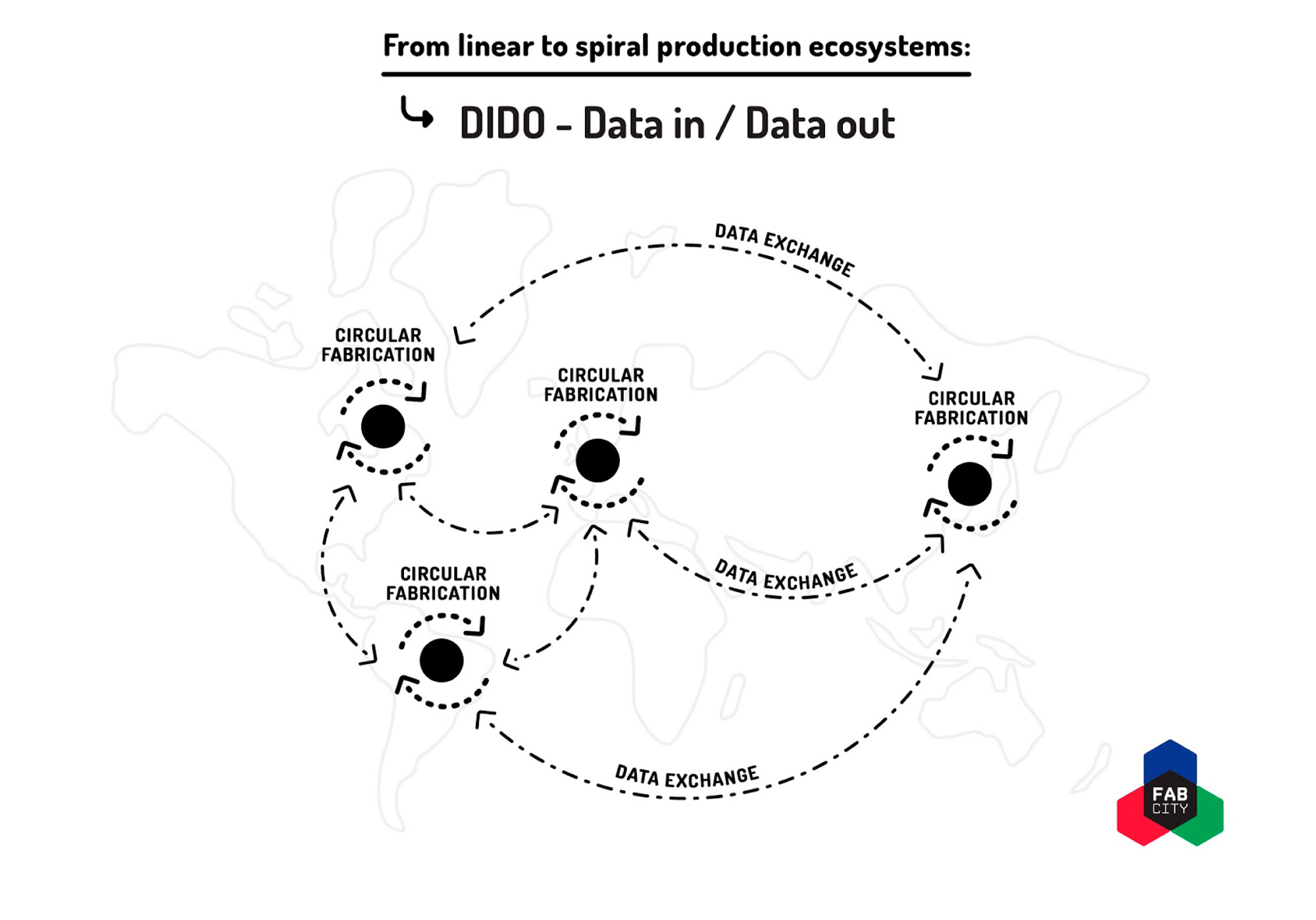 Image 4. Global connected production. Materials stay within accepted distances in cities and regions, information travels on how things are made. We share the recipes of how to construct our world. Source: Fab City
Image 4. Global connected production. Materials stay within accepted distances in cities and regions, information travels on how things are made. We share the recipes of how to construct our world. Source: Fab City
Conclusion
A concerted and coordinated response must be made to reimagine how, where and what we make if we are to live harmoniously within the bounds of the planet’s resources. We are proposing a model for cities to be resilient, productive and self-sufficient in order to respond to the challenges of our times and to recover the knowledge and the capacity to make things, to produce energy, to harvest food, to understand the ow of matter, to empower its citizens for them to be the leading agents of their own destiny. We have a unique opportunity to build cities from the ground up by synchronising philosophies, visions and objectives together with existing distributed innovation ecosystems, to consolidate and nurture a knowledge based economy that has been developed during the last decade around open source innovations, digital fabrication technologies and distributed digital networks in Fab Labs, Makerspaces and open communities. We want to create a global database of recipes on how things are made, from what and why. The Fab City is about radical transformation, it is about rethinking and changing our relationship with the material world, in order to continue to flourish on this planet.





